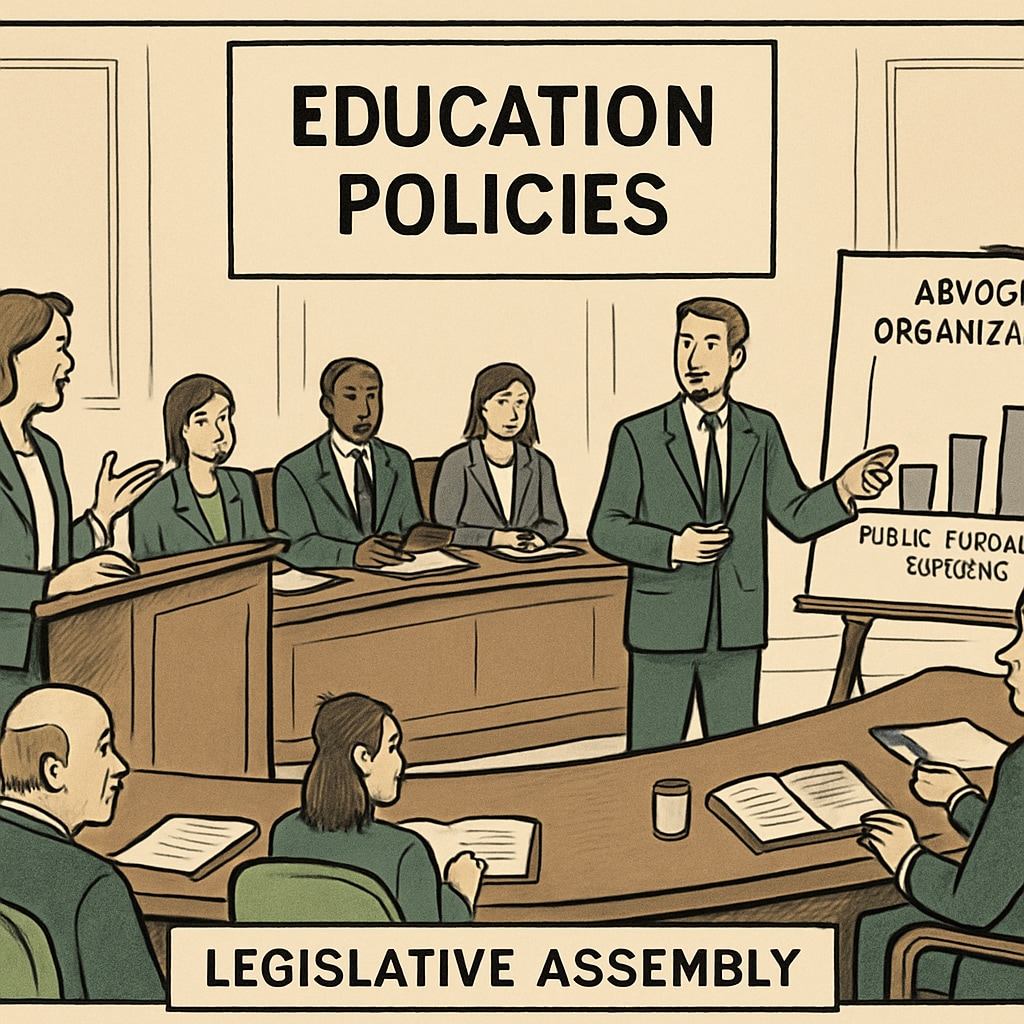Stand For Children and similar education privatization organizations are reshaping the landscape of public education by leveraging legislative measures to redistribute public education funds. While their stated mission focuses on improving outcomes for students, their actions often lead to resource depletion, school closures, and significant challenges for educators. This article delves into the strategies these organizations employ and the broader impact on K-12 public education.
Privatization in Education: The Role of Advocacy Organizations
Advocacy groups like Stand For Children present themselves as champions of education reform. They often lobby for policies that ostensibly aim to improve educational access and quality, such as charter school expansion or performance-based funding. However, the redistribution of public education funds to private institutions frequently undermines traditional public schools, leaving them with fewer resources to serve students effectively.

For example, policies that divert funding from public schools to charter schools can create financial strain on already underfunded districts. As a result, public schools may face increased class sizes, reduced extracurricular programs, and even closures. Teachers, too, are impacted, often facing layoffs or limited support due to budget constraints.
Legislative Tools for Redistribution of Public Education Funds
Organizations promoting privatization rely heavily on legislative tools to achieve their goals. These include lobbying for voucher systems, which allow public funds to be used for private school tuition, and advocating for performance-based funding that favors schools with higher test scores, often leaving struggling schools behind. While such policies may appear equitable, critics argue that they exacerbate inequalities by funneling resources away from schools serving disadvantaged communities.

In addition, these legislative measures often prioritize short-term gains over long-term sustainability. For instance, performance-based funding may incentivize schools to focus narrowly on test preparation at the expense of broader educational goals. This approach can lead to a decline in educational quality, particularly in schools with fewer resources to invest in test-driven strategies.
Protecting the Integrity of K-12 Public Education
To safeguard the integrity of public education, stakeholders—parents, educators, and policymakers—must critically examine the role of privatization in education reform. Transparency in funding allocation and accountability for outcomes are essential to ensure that public resources are used effectively and equitably.
Furthermore, investment in traditional public schools should remain a priority. Increased funding for teacher training, infrastructure, and student support services can help mitigate the challenges posed by privatization efforts. Policymakers should also consider the long-term implications of legislative decisions on the broader educational ecosystem.
As a result, the public must remain vigilant in assessing the true intentions of advocacy organizations like Stand For Children. While their campaigns may appear altruistic, the consequences of their initiatives often reveal a more complex and problematic reality.
Readability guidance: This article uses short paragraphs and clear subheadings to improve readability. Lists and examples are integrated to summarize key points effectively. Passive voice and long sentences are minimized for clarity.


